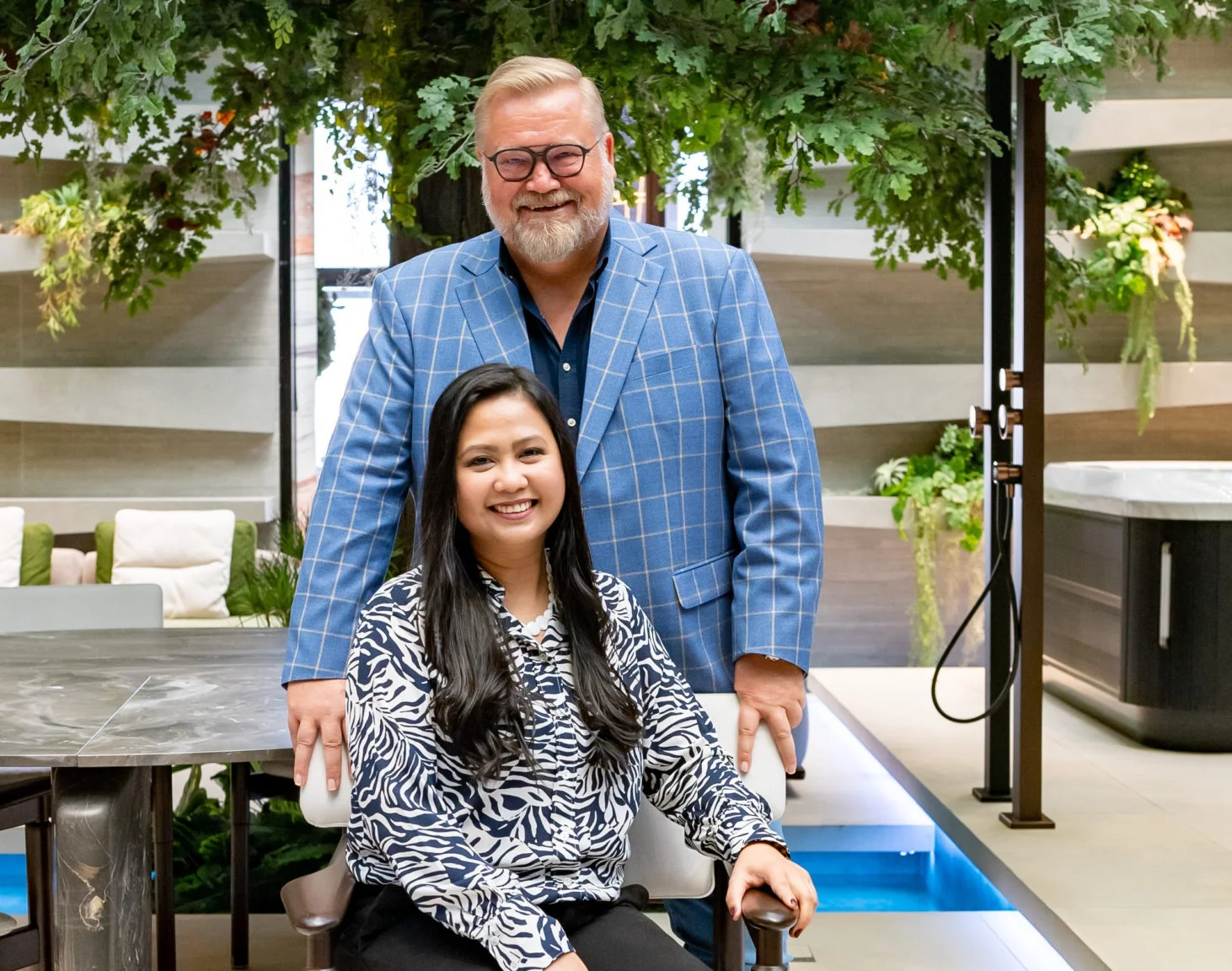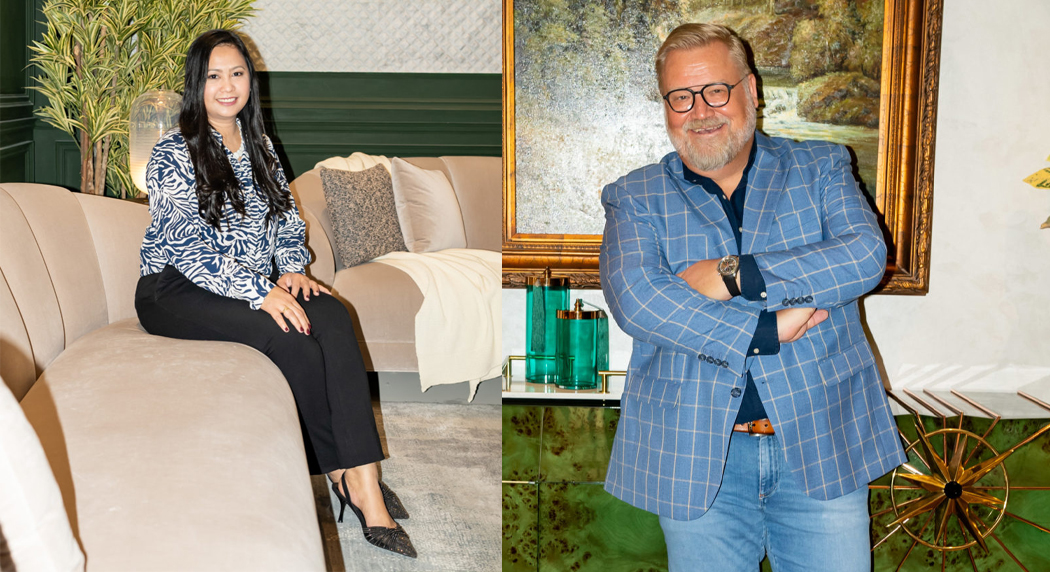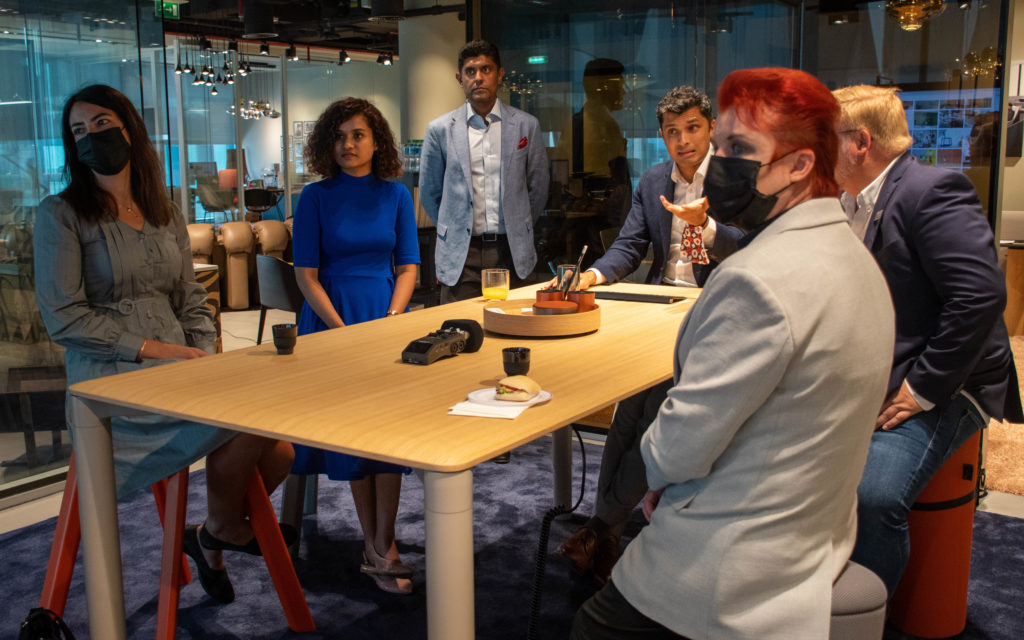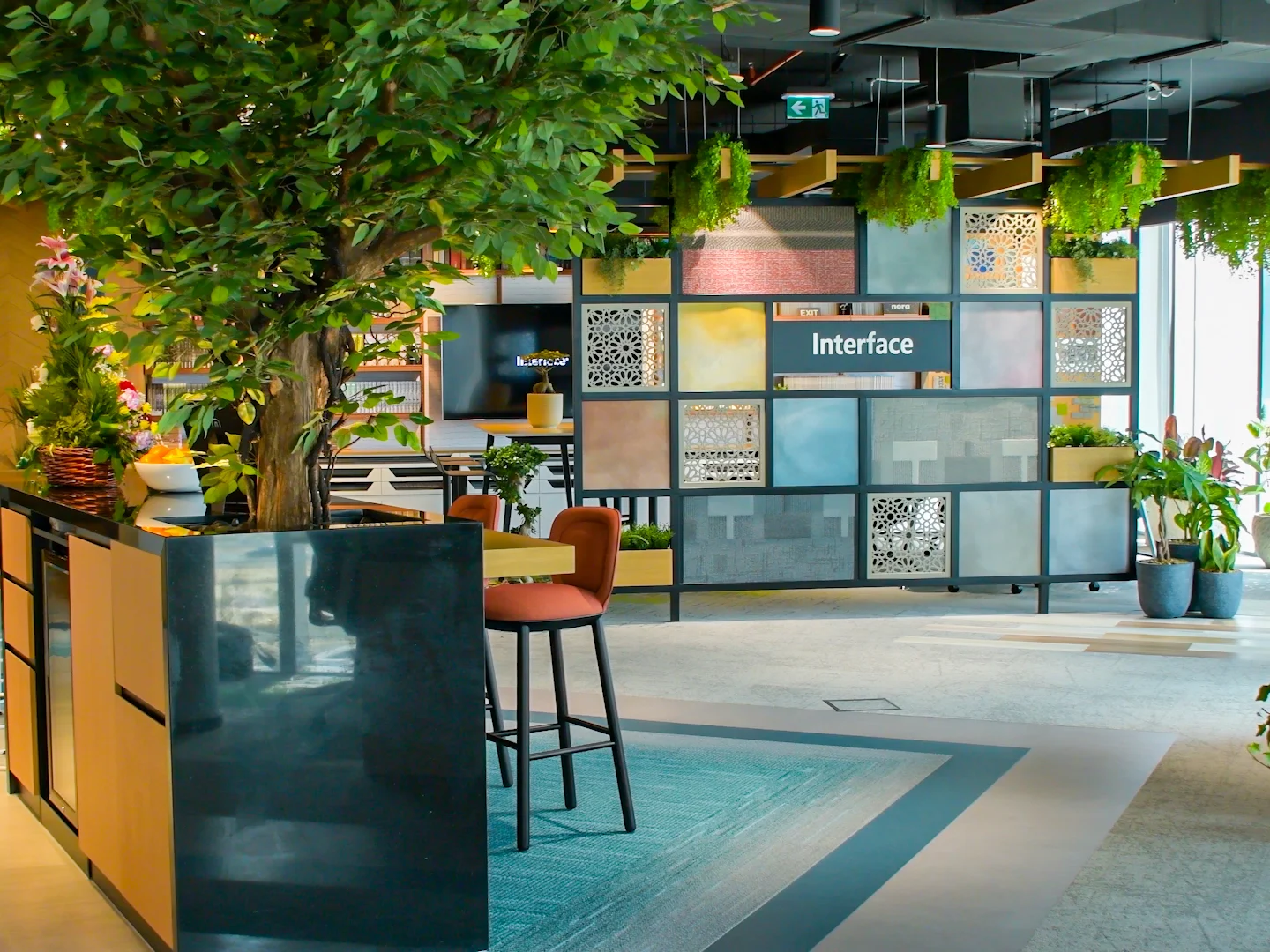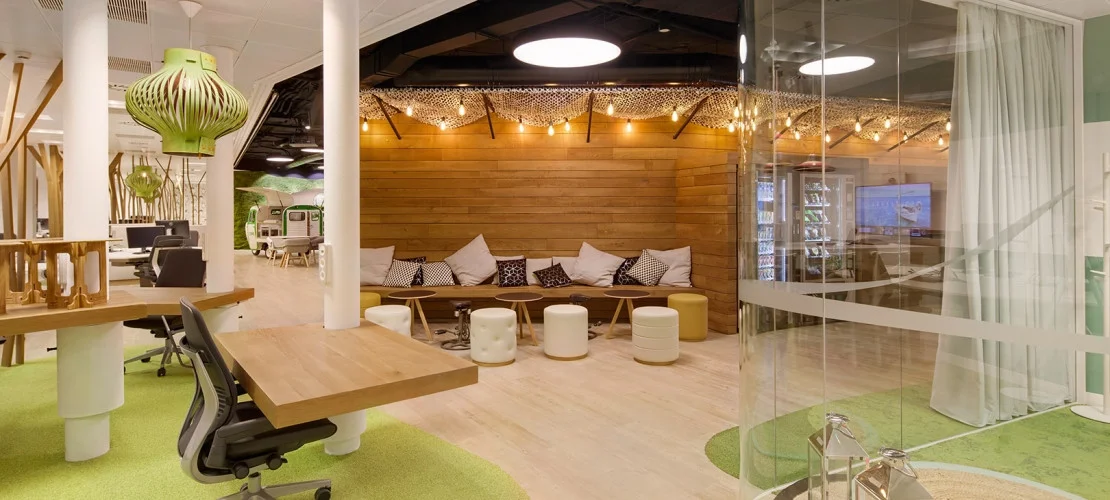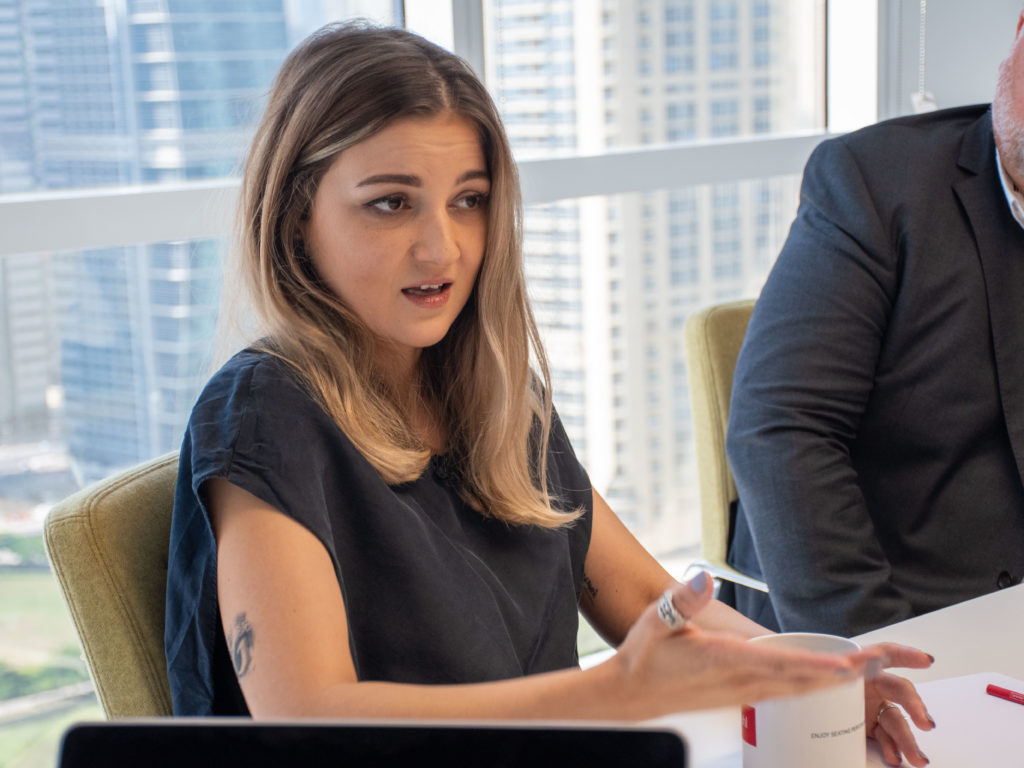Xworks Interiors Soren Kraen, Executive Director & Owner with Michelle Lozano Palomera, Associate Partner & Design Manager “Michelle and I have worked together since the conceptualization of Xworks Interiors 14 years ago”, says Soren, smiling away through the conversation. “Over the years, we have developed a strong business relationship based on trust and healthy communication. The highlights of this rare association, as two experts in the industry, are the shared compatibility, the practice of fluent idea sharing, effective communication, all of which results in the enhancement of formulating new design strategies for the company.” Why would you recommend Design & Build to clients over design-bid-build? Particularly, what do you think makes your establishment the go-to for projects? Soren: The choice between Design & Build and Design-Bid-Build approaches varies with regards to the project’s scale and the client’s preferences. Generally, Design & Build is considered more suitable for small and medium projects, while Design-Bid-Build is often favoured for mega-sized projects. I believe clients must assess their requirements and projects, and make the choice keeping in mind factors such as Return of Investment, scale and priorities. The advantages of working with a Design & Build firm over a traditional Design-Bid-Build include direct and easy communication that shorten time consumed through the approval processes. Projects can be delivered quicker to meet tight deadlines or accommodate schedule constraints more efficiently. Cost efficiency is a major advantage as well. The design-build team coalesces to find innovative solutions to optimise the project’s design and identify cost-saving opportunities. The disadvantage could be that a D&B firm might offer limited design solutions. When it comes to our USP, we pride ourselves on acknowledging the importance of providing a safe and healthy workplace for employees. Thus, our designs are built mainly on the LEED and WELL Standards. Our team’s ability to incorporate these standards to develop a creative vision, conceptualise innovative and visually appealing designs is one factor that makes Xworks Interiors the go-to for projects. In addition to this, are Xworks Interiors’ fundamental values which are collaboration and trustworthiness that shape the culture and behaviour of the company. These values help us in establishing strong internal and external relationships, fostering teamwork, and creating lasting relationships with clients. There is no project that we are not proud about. The vision at Xworks Interiors is not to be the biggest but to be the best in the industry. Therefore, we ensure that our core values are strategically incorporated into every project we undertake. Our focus lies in harmonising design aesthetics with the ability to create spaces that align with clients’ brand identity and target audience. Our commitment extends beyond delivering projects promptly and within budget; we strive to exceed our clients’ expectations amidst inevitable challenges and constraints. In your opinion, how is the role of the Head of Design in a D&B firm different from the role of the Principal Designer in a Design firm? Are there added responsibilities or challenges? Michelle: The Principal Designer within a Design firm excels at delivering functional and… Continue reading Expediting Design: Xworks Interiors
Expediting Design: Xworks Interiors
